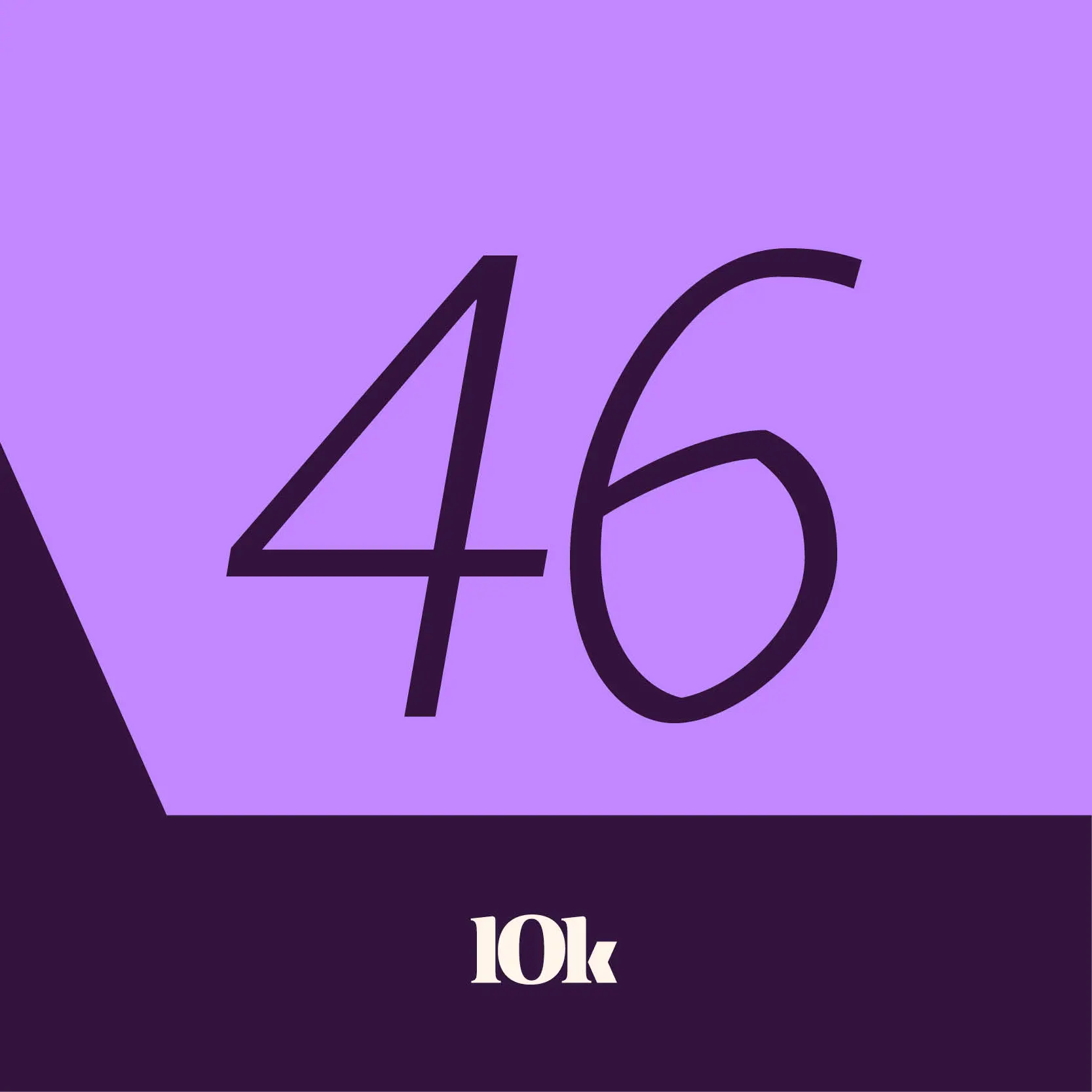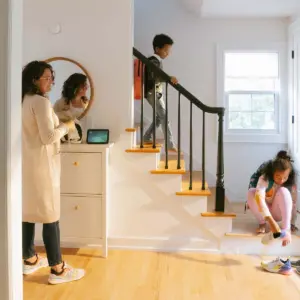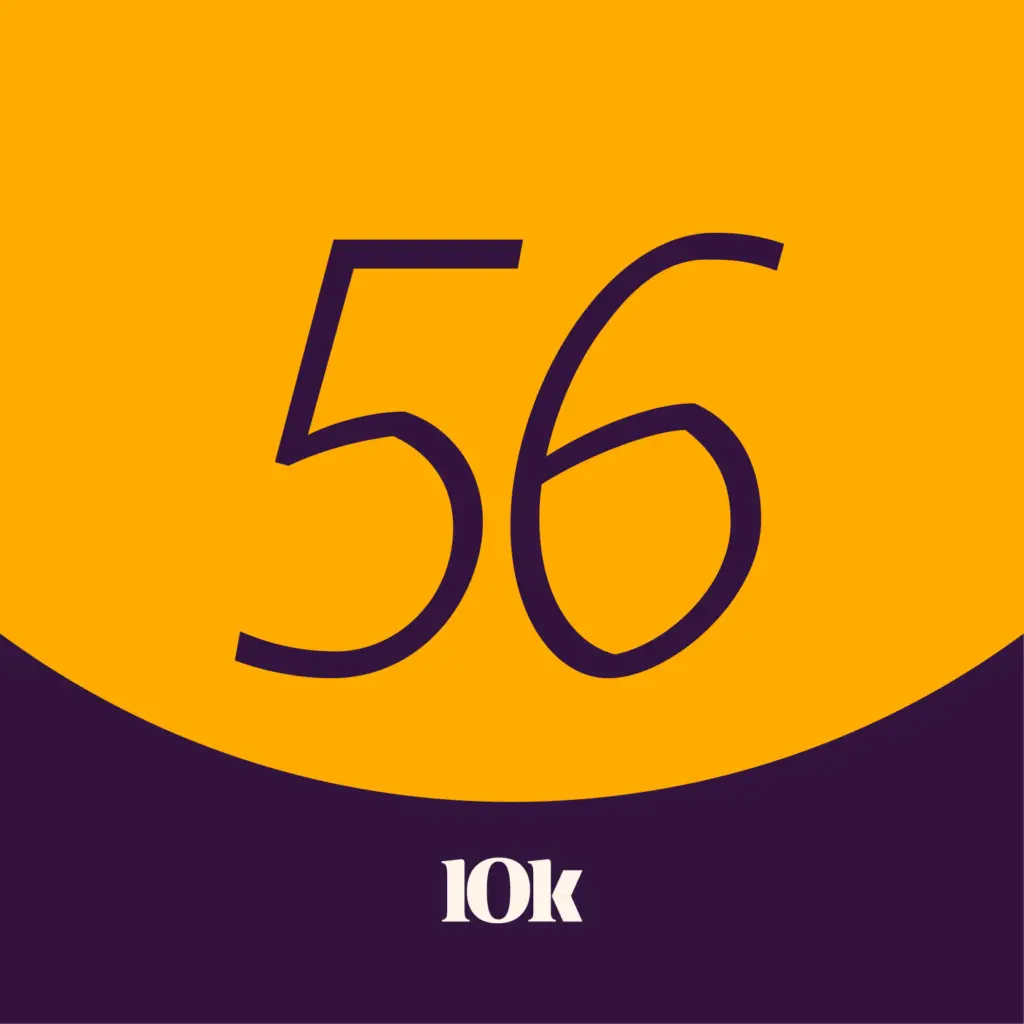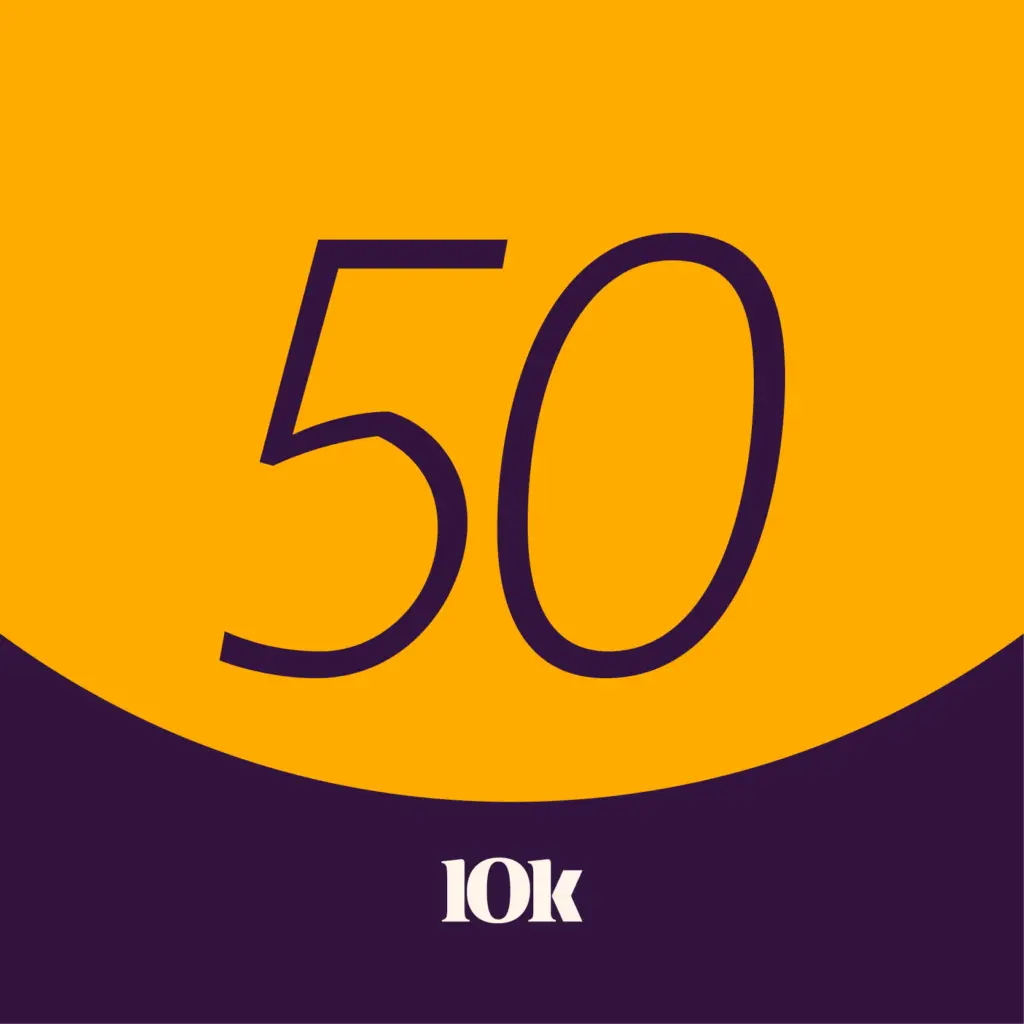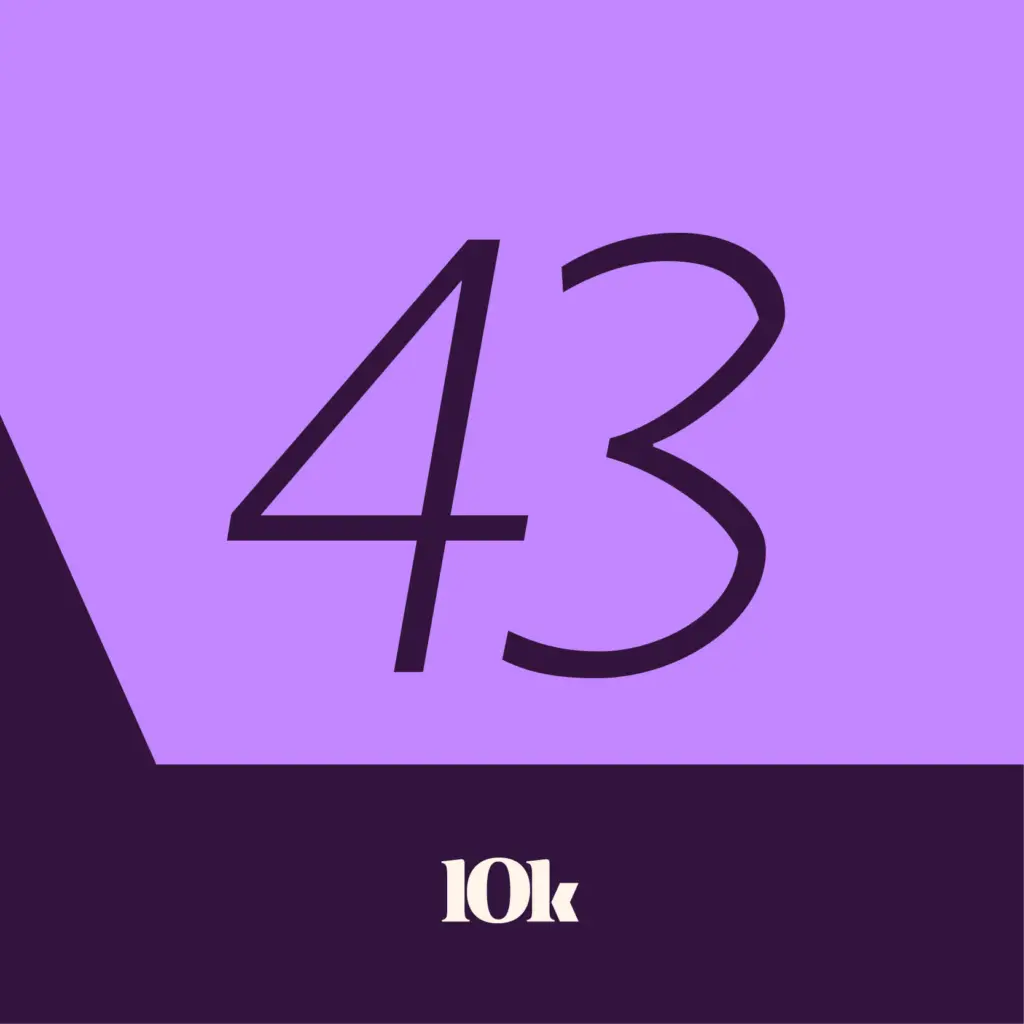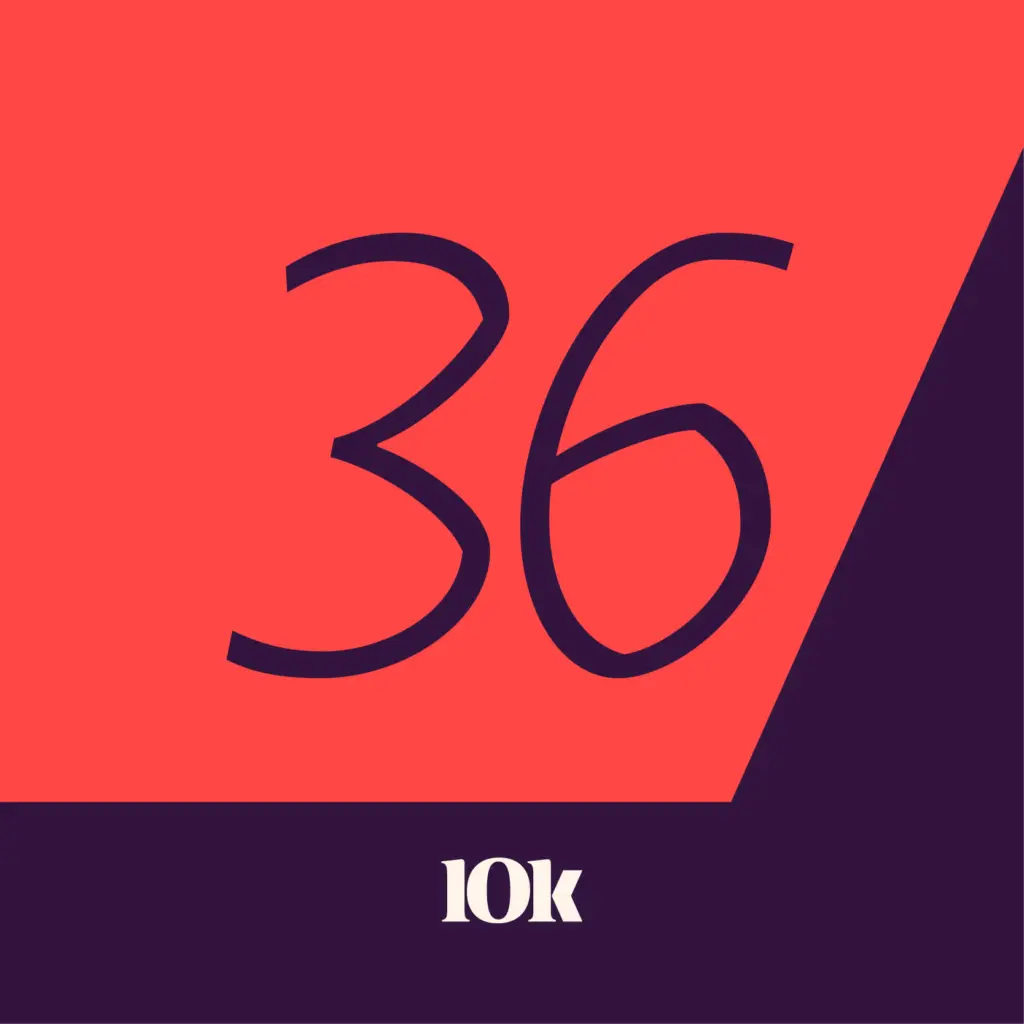We are excited to welcome Jen Nowlin and Nick Young of our Connected Products Team! After their recent trip to Las Vegas for the AWS re:Invent conference, Jen and Nick discussed the latest and greatest announcements and insights, what you need to know about IoT and where connected products and AWS are headed in the future.
Listen to this episode to get a recap of the event and what it was like to be back in person. Enjoy!
This podcast content was created prior to our rebrand and may contain references to our previous name (OST) and brand elements. Although our brand has changed, the information shared continues to be relevant and valuable.
Episode Transcript
Kiran: Hello, welcome to today’s episode of 10,000 feet, the OST podcast.
I’m Kiran Patel and I’m excited to be here today with Jen Nolan, Connected Products Business Line Leader, and Nick Young Data Analytics Team Lead at OST. Jen and Nick are freshly back from attending the AWS re:Invent conference that just took place in Las Vegas.
I wanted to bring them on the show to talk about their experience, what surprised them, what wowed them, everything they can tell us about what they did and saw. Jen and Nick, welcome to the show.
Nick: Thanks. Great to be here.
Jen: Thank you.
View Full Transcript
Kiran: So let’s just start with some of the basics. Tell me what AWS re:Invent is and why did OST decide to attend this conference?
Nick: AWS re:Invent is an annual tech conference that takes place in Las Vegas, similar to a lot of tech conferences out there, but the big difference is just the sheer size of it all. You know, and I don’t have the numbers for 2021, but in 2019 there were 60,000 people in attendance. And the thing that made this year a little bit more unique is that this is the 10th anniversary of re:Invent so everything was bigger. There was bigger displays, there was more content, more swag, and of course, just a lot of people. And there’s literally something for everyone at this conference. There’s people that are brand new to the AWS ecosystem and they’re trying to just get used to the ecosystem or get exposure to it, get training. There’s content for that, there’s concessions for them to attend, there’s training for them to attend things like that.
There’s AWS veterans that have been with it from the beginning. And they’re learning new patterns and practices or new technologies and there’s stuff for non-technical people as well. They had a lot of culture-based content where you can learn from AWS or partners on what works for them in creating and curating a healthy culture for their organizations.
And there’s a lot of utilities for salespeople. They get opportunities to understand the ecosystem a little bit more. They get an opportunity to better explore AWS’s partner channels, make connections and things like that. So it really is a really great conference to go through and just the sheer size of all of it is astounding once you’re there.
Kiran: Awesome.
Nick: So why did OST go? We went because there’s– this is our 67th year in attendance at re:Invent. This year was focused primarily on networking. We were looking at making some additional connections with AWS reps and technical individuals, people inside of AWS and outside of AWS. We wanted to make some connections with some different partners, things like that.
As an advanced tier partner with an IOT competency, we want to direct access to any of the major announcements that are made in specifically in the IOT space. So there were a few things that came out from announcements in the IOT space, and we had an opportunity to see those firsthand and then interact with the people giving those announcements and ask additional questions, figure out how do we need to curate our profile, our portfolio, in order to meet the market demand for these new products that they’re innovating. So it gives us an opportunity to just to tap into the AWS innovation and we can make it real for our clients as a system integration and design consulting firm.
Kiran: So tell me a little bit more about AWS innovation and insights. Why is this something that we should be paying attention to?
Jen: And this is where having two of us here today to talk with you, Kiran, we can give two different perspectives about the business perspective and the tech perspective around AWS innovation and insights. So one thing we’re in right now, all of us are experienced, especially with the disruption of COVID is we are in an era of continuous changes and that acceleration towards digital transformation just hit the gas pedal even harder for a lot of, for example, our clients that we work with on trying to transform their enterprise, leveraging innovation from AWS as an example. And how does that make that real for their business? It’s where people like Nick and I step in and help frame what we see for the AWS innovation and insight into how our clients can capitalize on those innovation and insights to accelerate their digital transformation. And in particular, focus on internet– leveraging internet of things to delight their customers and bring new revenue value, operational efficiencies, and other scalable capabilities into their own business.
So AWS is an organization that really embodies change. If you’ve ever worked with AWS they thrive off of change and enabling those other organizations to change through the new services and capabilities that they bring to market. It really is their superpower. Nick?
Nick: Yeah. And that change, that seeps into the technology side of things too, right? The technology is continuously changing. We have to modernize to scale, right? If we do things the way that we did things five years ago, we’re going to be behind the eight ball, especially as a professional services organization like OST. We have to know what’s out there. We’ve had numerous times in the past where we’ve built custom solutions. And then a year later, AWS comes out with something that replaces that custom solution. We want to know those things so that we can educate our clients and we can build solutions that are using AWS native technologies first and foremost. So that’s our goal there.
Kiran: You probably saw a ton. You talked a little bit about some of those announcements. What did you see that was really innovative that really got you excited this year?
Jen: I’d say for myself, I’ve been working in the IOT space for two decades now. One thing we’ve always struggled with is prototyping. Rapid prototyping, just the fundamentals of getting your product or a module within your product connected is a huge amount of time and effort. Just for fundamental non-differentiated connectivity. And what we’re seeing happen for innovation is how AWS is looking at leveraging modularization to accelerate IOT growth. This has happened in other industries, for example, the mobile phone industry, even the automotive industry.
So looking at that, through that lens of modularization to accelerate growth. And one of the key announcements they made was about this AWS IOT express link. And what does that really mean? Kind of like for those of us who are older, if you remember the dial up modem days where you plug it into your computer and you had connectivity and that was just simple and awe aspiring for those of us that we’re trying to start with connectivity and understand what that could mean to connect us in our computer and have access to information. They took that mindset and built that into AWS IOT express link, where it’s an easily connected devices to the cloud. You only need a simple API to connect and they brought this modularization concept to some of their key partners in the module space and said, “partners, what can we do to enable rapid prototyping?”
And they’ve worked with Infinium, Expresslink and Ublock to embed connectivity, baked into the module and allow this flexibility connect devices of all types. So through a simple serial interface made up of a couple of API commands. Again, going back to feeling like that dial up modem. That’s what they kept talking about to associate and frame what this could be like in the sessions for us, that this module– these modules with this embedded connectivity connects directly to AWS IOT core. So through a simple simple interface, and they even showed us like 10 lines of code as a fundamental base to do over the air updates. It really helps you scale and rapidly prototype.
And another attribute that with this AWS express link is enabling the capability of maintaining fleet health and security at scale, and they can attest to this. When we’ve been working with clients on scaling and managing fleets. A lot of that comes down to security. Are you doing OTA updates? Are you keeping up with the pace of change and the new innovation?
Well, this is AWS validated code that’s embedded in that module implements best in class security practices. So the security hard bits are already baked in the module. That means an organization doesn’t have to go do all that extra security, understanding the trends in the marketplace. Let’s update our codes.
Now we’ve got to managing the OTA deployments, do the certificates for security. All that work is now, already there and established and managed by best in class practice through AWS. So that module takes care of that for you. What’s interesting is that there’s really no additional cost to use the module.
Now, these modules right now are in an evaluation kit. We’re already starting to look at how can we work with our own partners and clients who have struggled with this rapid prototyping to leverage this evaluation kit, to reframe where they’re at and where they can start to get going with IOT or advanced their connectivity solutions that they have today to the next generation of what is possible.
Nick: I think that’s a great overview of express link. I think it’s really going to be a disruptive change to the marketplace for the reasons that Jen mentioned. And I’m personally excited to see what innovation can come out of that from our clients and the industry as a whole, as this idea of rapid prototyping becomes more accessible to a larger audience.
Kiran: Tell me a little bit about the IOT twin maker.
Nick: Yeah, so similar to express link. This is a major announcement from AWS and twin maker is a new service from AWS that will reside inside of the AWS IOT overall service and portfolio. But it essentially expounds upon the concept of a digital twin and a digital twin is; it’s a living digital representation of something in the physical world.
So it’s logical data, electronic information that represents a physical item in the world. And the idea of a digital twin has been in the industry for many years. It’s not a new concept, but until this point, the concept of a digital twin for AWS really meant using an IOT shadow to keep track of the state of a thing.
This expands that drastically and opens the door to many other additional possibilities. And it really is a very broad service. And that’s because the definition of that digital twin and what a customer would need as a digital twin is different significantly between customer to customer. And so what this allows them to do is correlate data together, consolidate it in one spot and assign it to a individual device, and then have that be the representation of a physical device that exists, you know, at a facility somewhere.
So an example of what that could be. They did a really good job of outlining an actual use case of this. And it would be, let’s say you have a smart camera. The video stream that comes off of that can be attributed to that device. And it can be a part of its digital twin. And you can correlate that data with other data that it’s either generating or the environment is generating about that data.
The other example is if you have that device and it doesn’t have a camera on it, but there’s a camera that can see it. The video stream from that camera can be assigned to that digital twin, that device, and it becomes a part of that digital twin’s profile. The interesting concept around that is, let’s say you have one main camera that looks at it, but there’s other cameras in the facility that catch a glimpse of it as well. You can correlate all of those little pieces of data together to form more digital information about that device. And the use case behind this is all around device diagnostics. Is it gonna cause an error? Is there going to be an error? That’s going to be generated soon. Is it end of life? All of those types of things, collecting more data helps you attribute that into what is this going to look like five years from now? Is this device on its last legs?
So that’s one major use case. The other major use case is 3D modeling inside of physical space. So let’s say you’ve got a warehouse and you’ve got a thousand devices and you want to know where that one device is. With the IOT twin maker service, you can upload 3D CAD drawings into the AWS ecosystem, and you can upload a CAD drawing of the device itself and attribute the physical aspect of it inside of that environment. So you can see exactly where each of your devices are at inside of a physical space, and that makes it easier to pinpoint where it is, what device may be causing an issue. So if you’ve got an assembly line that maybe is throwing errors, you can see these are all the devices in that assembly line, and you can do troubleshooting as the product goes through that assembly line. So it’s a really interesting concept. I’m really interested to see where the industry takes this one. There’s a lot of possibility and I want to see how this matures and what use cases everybody comes up with. I’m really excited about how this is going to impact the market.
Kiran: All of that data and all that information and insights probably has you thinking about what you’re going to be doing with that and where that will be stored and how it will be used to create future successes.
Nick: Absolutely. Yeah, the use case of funneling this data into and coupling it with machine learning just opens up so many different doors. We’ve seen use cases of video streams on forklifts and making sure that we can do collision detection. I think about possibilities around things like that to make safer work environments, more productive environments, more efficient environments. This only helps further those goals and I’m so interested to see how it matures.
Kiran: That’s really exciting. So talk a little bit about the insights that you saw while you were there.
Jen: One key theme that kept floating around during the conference that we heard from session to session to session was this core theme around workloads. And how do you enable transformation one workload at a time? So conversations and presentations and talking through workloads focused on migration and modernization of those workloads. It helps steps through that business transformation again. Cause it’s hard to do business transformation. It doesn’t happen all at once. It’s iterative steps and key inflection points of where you’re leveling up or scaling at a different rate.
So where did you start? To do this you need a solid architecture foundation. And we sat in on presentations around AWS well-architected. And well-architected has these key five pillars to help reduce risk in scaling and enabling adaptability and innovation. And those pillars are operational excellence, security, flexibility, performance efficiency, and cost optimization. And as an industry best practice, and this goes from IT to network to infrastructure, you typically would bring in a third-party expert, such as our OST experts in architecture, to perform a well-architected assessment and review. Because as you’re looking to transform and evolve these workloads and your whole business is transforming as well, what patterns and aspects of other innovation can you leverage as a part of a well-architected foundation? And AWS talked about expanding where they’ve started with this well-architected framework. Nick, I’d love to get your perspective from an architecture standpoint.
Nick: Yeah. Thanks, Jen. The well-architected review from AWS has been, like you said, a staple of AWS’s conversations with clients and partners alike for many years. And the extension of this service today is a really great step forward. And what it really means by adding these new lenses to their well-architected portfolio, it just means that they have a set of standards for us to work against. So as technologists, we don’t have to reinvent the wheel every time we don’t have to be experts in every single minuscule, granular detail. AWS has got a roadmap for us to compare against. The nice thing about this is by adding things like machine learning, data analytics, streaming media, things like that, they have something for us to compare against that maybe the industry hasn’t had the ability to do before. But the really interesting thing is the addition of this custom lens.
When you talk to really large organizations, the Amways of the world, right? They have the architecture group that is responsible for ensuring architecture best practices are adhered to across the organization, like using a custom lens, those architecture groups can create what they determine is the best practices for their architectural patterns. And they can go through a well-architected review using standards and practices that they’ve built themselves.
So it’s really interesting to see how that has matured over the years. And I’m excited to partner with other organizations to perform these well-architected reviews and get that third-party validation.
Jen: Yeah, that was interesting sitting in on that session where they said their custom lens was their number one request to add to that portfolio of patterns and how they approach things because everyone has different custom architectures depending on their ecosystems and how they’re delivering services or solutions. For AWS to build that framework to say we enable that is very helpful for an organization like OST, as Nick said, to help work in those complex spaces like healthcare and other fields that require multiple layers and system integrations and have their own kind of unique patterns that need to be tweaked and adapted.
Kiran: I wanted to hear from both of you on this, because for many folks, this is probably their first time gathering in a couple years. And I’m wondering what the environment itself was like. Were people eager to get back out and connect? Just try and get a pulse of what it felt like to be there, Jen, what was it like to be there for you?
Jen: For me being an industry veteran in IOT it’s a delight. To Nick’s point earlier in the conversation, the networking, you get weary of these digital interfaces and all the meetings virtually. To have a moment in time to capture people and see their physical presence and be able to react and respond and drive these conversations even in passing. They say a lot of the business is done in conversations in the hallway, and that’s what AWS re:Invent expo and in between these sessions, you capture these moments. It truly does for an OST perspective, as a business line leader, that’s where the conversations in the business can grow and change.
Kiran: That’s great to hear. How about you, Nick?
Nick: Yeah, largely echo that. It definitely looked different this year versus years in the past, everybody’s wearing masks and everybody’s, you know, of course doing the social distancing as much as you can, but it was really nice to see a lot of conversations. People were really leaning in. A lot of people were doing the networking thing, like Jen said. I spent a lot of time talking to vendors, talking to partners, talking to just people in general that I did know or didn’t know, and just hearing what their own personal stories were. That was really refreshing, I think, just to be able to have an atmosphere where we’re all focused on the same thing, furthering ourselves inside of the AWS ecosystem and broadening our skillset and knowledge and increasing our networking opportunities.
So to have that opportunity was really refreshing and to see the level of communication happening across the board was really great.
Kiran: Thanks for sharing that. I think that helps people understand the value and actually being together and gathering. So that’s great. So, Jen, what’s next now that you’re back from re:Invent, where are we going from here?
Jen: Well, as soon as I got back, I will say I immediately started calling our partners at OST and our IOT ecosystem to let them know exactly what we’re discussing here today. Here are the insights, the innovations we saw. How can we start leveraging these for our client’s business outcome? We’ve seen these scenarios or these engagement patterns, for example, on rapid prototyping where we may have stalled out or the client couldn’t figure out an easier path to move forward.
This is an opportunity for us to re-engage and reignite that engagement pattern. And for us as ecosystem partners to play in it as a team manner to help our clients accelerate their IOT innovation growth. So I’m already three or four conversations deep with our partners about leveraging innovations, like express link and where we can start to focus on experimenting with these evaluation kits and bringing that experimentation and our expertise and deep knowledge to help rapidly evolve our clients past their stuck state.
Nick: Yeah, and for me, my next step, I think is really to figure out how the well-architected custom lens can fit into OSTs offering. We, as you know, we have a cost optimization offering that we have at OST, and I want to explore how we can fit that into the custom lens of the AWS well-architected solution.
And also, I want to dig in a little bit more on twin maker. I want to do some more research on what the use cases we could potentially see, coming out of that, potentially do some proof of concept work around that and start working with the networking connections that we made and see what opportunity there is to adopt this new AWS service.
Kiran: Great. If people would like to learn more about what either of you learned or gained or what OST might have to offer, where would you recommend they look to?
Nick: So probably the best way is to get in touch with us via our website. We have our IOT landing page there that you can use to get in contact with us and we’d be happy to answer any questions anybody has around our experience at re:Invent and kind of what we learned.
Kiran: Perfect. Thank you, Jen and Nick for taking some time to talk with me today for sharing, what surprised you and what wowed you and for capturing all of that for all of our listeners. So we’ll talk to you next time.
Nick: Thanks.
Jen: Thank you.
Kiran: Thank you for listening to our show today. If you’d like to speak directly to one of our architects, reach out to us. If you want to dig in and learn more about our connected products services, visit our website, ostusa.com. You can also check out all of our other podcast episodes at ostusa.com/podcasts.
